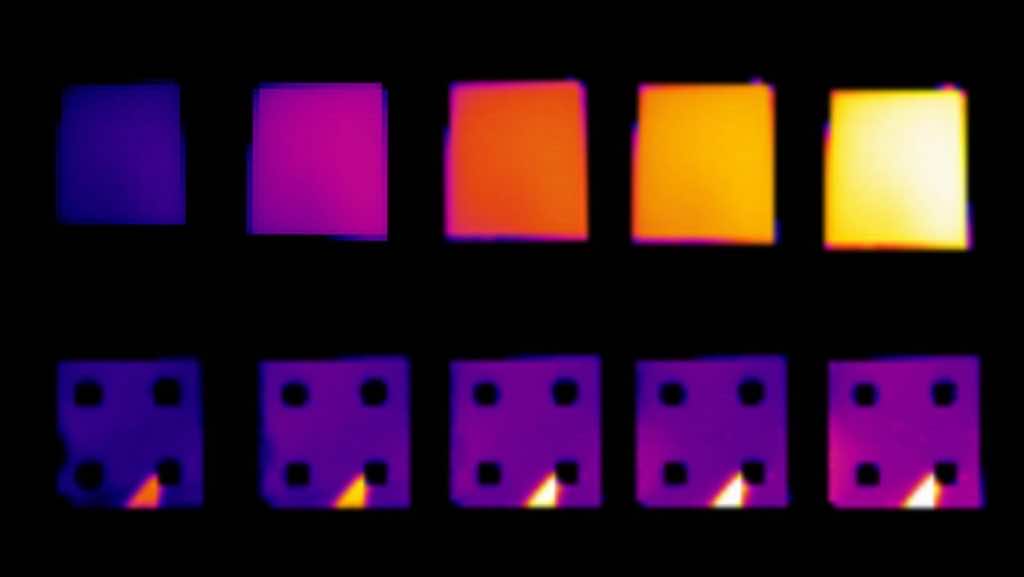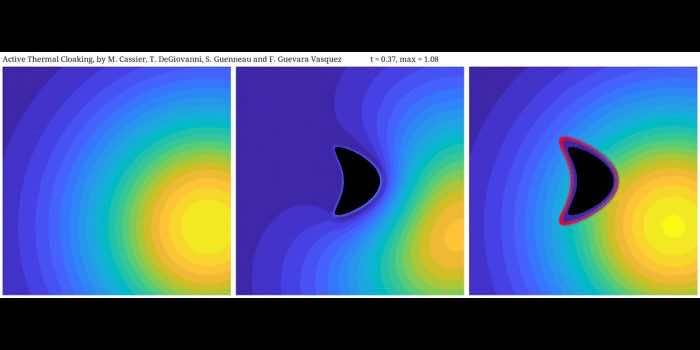Heat is visible to thermal cameras, and not to our naked eyes, we can only feel the effects of it. Now scientists have found a new way to thermally cloak an object for the first time ever so it doesn’t get detected in a line of thermal cameras as well, the research is funded by the U.S National Science Foundation.
The study was published in Proceedings of the Royal Society in which an international group of applied mathematicians and physicists from the University of Utah report a theoretical way of making objects invisible to thermal imaging without the need of Harry Potter’s invisibility cloak.
Thermally cloaking an object makes possible the fine-tuning of heat transfer, as per the researchers of the study. The layer would keep from the heat transfer. One of its applications could be to isolate a part that emits more heat in a circuit, such as a power supply, to keep the heat-sensitive parts from melting away. The newfound method could also come in handy for controlling the cooling of material so that it crystallizes in a particular manner.
The special thermal imaging cameras detect the heat that it catches using infrared radiations. An example of it is a mouse running in vegetation, which could be differentiated in the field of plants, because of the difference in the heat that the mouse emits and the heat that plants are emitting.

The newfound way, in theory, might also come in handy in military use, where a thermally cloaked soldier or war equipment could be penetrated into the enemy lines, and their thermal imaging wouldn’t detect it. This way, it would be safe enough to conduct a secret mission or bring out crucial insights from one of the adversaries.
The new technique uses heat pumps in place of special materials to hide the objects because they are much more flexible than using carefully crafted materials. Hiding an object’s identity from thermal cameras was never this easy.


